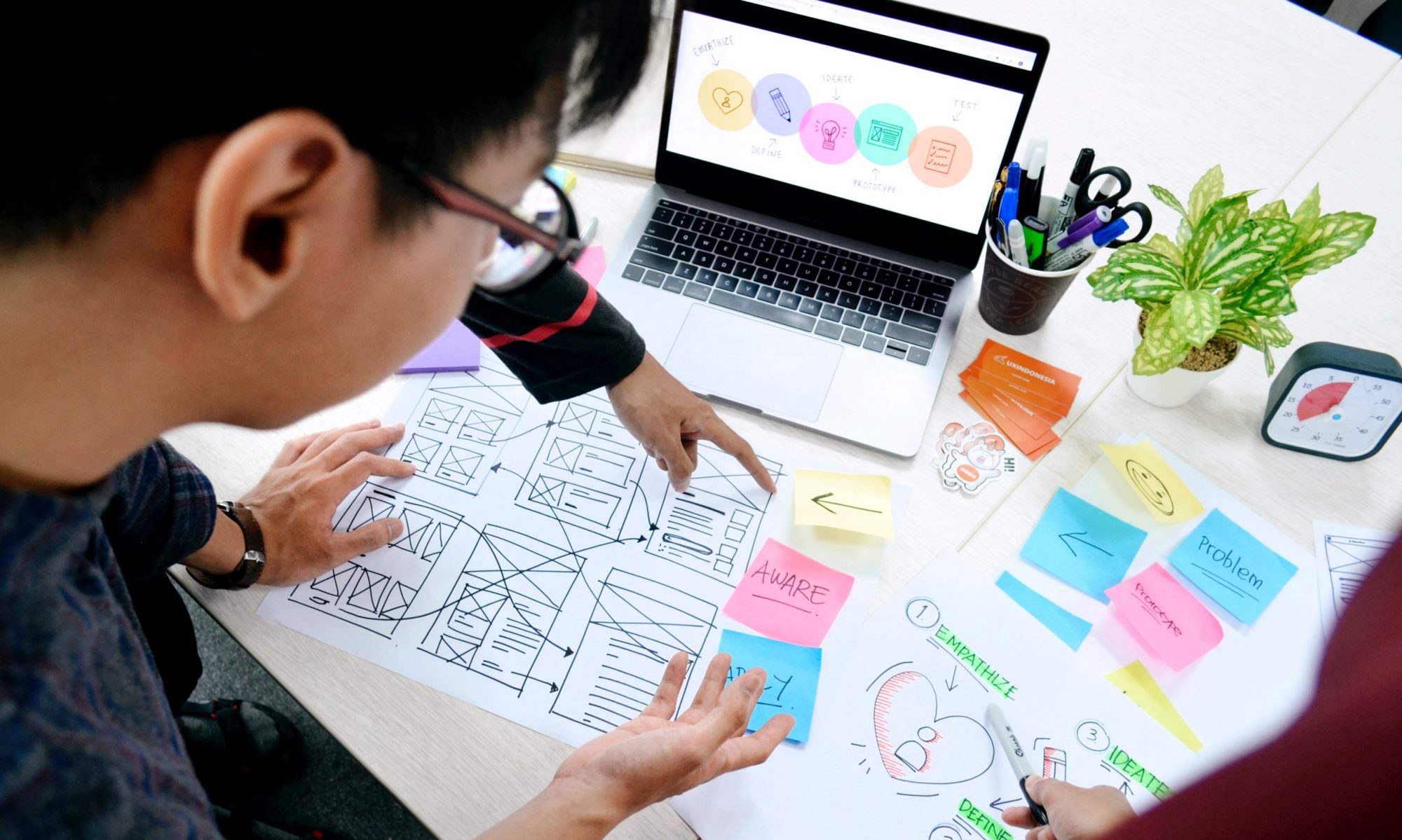
This semester I’ve noticed frequent evidence of science-y stuff happening on the big whiteboard that’s outside my office as I arrive at work each day. The content is striking because my office is in the Humanities and Social Sciences Library and we have a recently renovated Science Library nearby.
I’ve noticed groups of students working on science projects in this space throughout the day, so decided to start asking them why they are choosing to work here instead of the science library.
The first student I asked was working out a chemistry problem on the whiteboard. He said he chooses the space because it’s a little quieter and because the science library “has a pretty overwhelming STEM vibe” that makes him uncomfortable.
But my direct question seemed to make him feel uncomfortable too and I worried later (especially after noticing the beautiful chemistry symbols erased from the whiteboard) that I may have made him feel as if he didn’t belong. Note to self: leave brief reply cards in this area and collect the information anonymously and more voluntarily! I’d love to know more from this student. What did he mean by the uncomfortable STEM vibe? After all, chemistry is a STEM subject.
I next approached a group of three students hard at work on a science project in this same space and inquired what draws them here instead of the Science Library. Their answer was different: they meet together every Wednesday morning and come from different places. This space is the most centrally located.
However, they added that the group spaces in the Science Library are not as conducive to their work: spaces there are more open and the group feels more exposed than they like, plus it’s generally louder over there.
This particular spot is about to disappear as a result renovation this spring (hence the empty stacks) but it’s interesting to note the aspects that make it appealing:
- it’s centrally located
- quiet-but-not-silent
- has a large whiteboard
- is enveloped by tall stack ranges on either side of a spacious work table which help create privacy and a more enclosed feeling (maybe like a little hug from the libraries? I can hope!)
As we think about library space, we gather lots of quantitative data: how many students use a space, what they use the space for, what kinds of equipment they use, what times of day and night are more crowded, how much space we need for collections, how to balance desires for quiet with the need for group work space. It’s important to remember to gather qualitative data from a broad spectrum of users too.
Now about those anonymous, voluntary reply cards…
